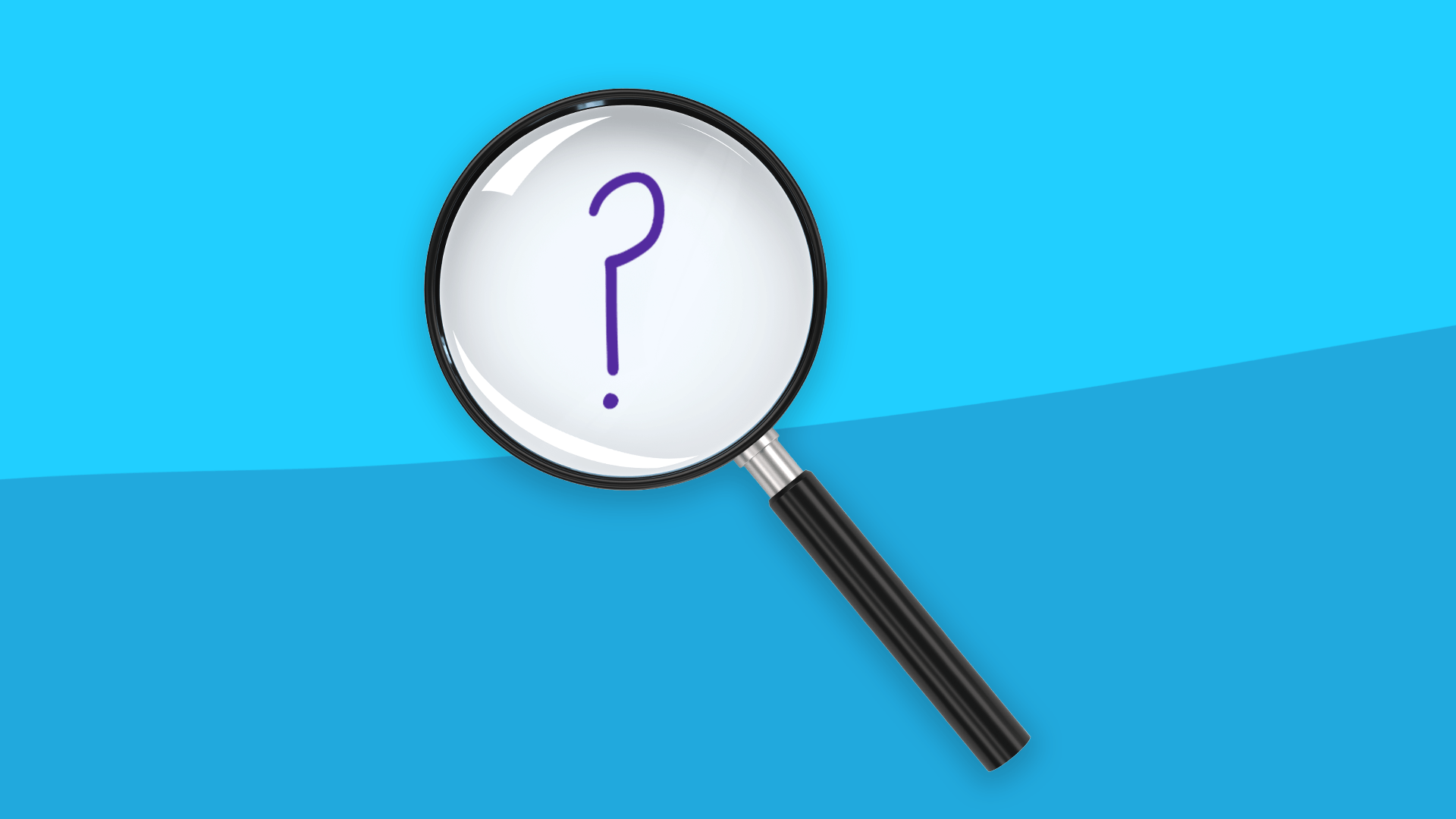Cold vs. COVID | Allergies vs. COVID | Get a COVID test | A note on TikTok trends
A number of TikTok users were fretting about having symptoms like a sore throat, a runny nose, sneezing, and coughing earlier this summer. And they weren’t sure what to make of those symptoms. What was this strange “mystery illness” that had afflicted them?
Posts about the mystery illness racked up millions of views. But it turned out that most of them weren’t actually suffering from some bizarre new ailment. Many of them just had…a cold. But after months of social distancing and masking, a lot of people had forgotten what it felt like to have a cold or other run-of-the-mill respiratory virus.
A year and a half into the pandemic, are you out of practice when it comes to recognizing the impending signs of a cold, too?
Could it be a cold…or is it COVID-19?
You’re feeling a little under the weather, but you’re not sure what’s come over you. But 18+ months into the coronavirus pandemic, your first thought might be: “I hope I don’t have COVID-19.”
“It is absolutely possible to confuse symptoms [of COVID] with other respiratory infections or even with seasonal allergies,” says Gwen Murphy, Ph.D., MPH, director of epidemiology for Lets Get Checked.
According to the Centers for Disease Control and Prevention (CDC), these are the most common symptoms of a cold:
- Sneezing
- Stuffy nose
- Runny nose
- Coughing
- Sore throat
- Watery eyes
- Post-nasal drip
It’s also possible to have a fever with a cold, but it’s not common. In most cases, when you have a cold, your symptoms will hit their peak within a few days, then start to gradually wind down over the course of about two weeks. It’s possible to catch this virus—even during the summer months.
RELATED: Coronavirus vs. the flu vs. a cold
Do I have allergies or COVID?
Seasonal allergies tend to also cause a runny or stuffy nose, sneezing, itchy and watery eyes, and fatigue, according to the American College of Allergy, Asthma & Immunology.
And yes, the early symptoms of COVID-19 aren’t too different, since they often include fatigue, a cough, a sore throat, and a runny nose. If you are fortunate enough to get only a mild case of COVID, you might easily confuse the symptoms with that of a cold or allergies (if you’re prone to hay fever or seasonal allergies).
But COVID-19 can go beyond those symptoms, too. A fever (100.4° F or greater) is a common element of COVID-19 for many people. According to the Mayo Clinic, you might also experience symptoms such as:
- Loss of taste or smell
- Shortness of breath
- Headache
- Muscle aches
- Nausea and vomiting
- Diarrhea
- Chest pain
- Chills
- Extreme fatigue
Not everyone develops the same symptoms, though. Some may be mild, and some may be more serious.
“At the end of the day, it can be hard to tell,” says Shahzad Mustafa, MD, lead physician for Allergy, Immunology, and Rheumatology for Rochester Regional Health.
RELATED: Allergies vs. COVID symptoms
Get tested for COVID
It’s not unexpected for more colds and other illnesses to begin popping up after people began shedding their masks and interacting more closely with other people, says acute care nurse practitioner April Kapu, DNP, APRN, president of the American Association of Nurse Practitioners (AANP).
It’s not that your immune system got weaker—it’s that you were taking steps to protect yourself, and they worked, notes Murphy. Once people unmasked and stopped strict social distancing, there occurred unseasonal surges of common respiratory illnesses.
So, what do you do if you start developing some symptoms and you’re just not sure? Experts recommend getting tested for COVID-19. Because some of the symptoms do overlap, it’s better to find out for sure. If you do have COVID, you could spread the disease to others. That’s true even if you’ve been vaccinated.
“It is best to test for coronavirus as soon as possible after you develop symptoms and to self-isolate while you await your test results,” Murphy says. However, you’re less likely to get COVID-19 if you’re fully vaccinated, which is why experts are urging everyone who is eligible to get vaccinated.
“I strongly strongly strongly encourage vaccination,” Dr. Mustafa says. “I understand concerns. I understand potential side effects, but at the end of the day, the pros far outweigh the risks.”
Kapu agrees. “Anyone 12 and above, we would urge them to get vaccinated,” she says, noting that the vast majority of people who are currently hospitalized with COVID-19 are unvaccinated. “The goal is to lower your risk.”
That’s especially important now that the Delta variant is the dominant strain of COVID-19, which is more contagious than earlier strains. The Delta variant was responsible for about 83% of the cases circulating in the U.S. by the end of July, according to the CDC.
What else should you do?
Don’t forget about the other key steps you can take to reduce your chances of getting sick with the next bug that comes along.
“The pandemic has taught us a lot about the power of very simple measures that we can control ourselves: handwashing, wearing a mask in crowded spaces, and social distancing,” says Murphy. “These measures serve us well in protecting us from many infectious diseases while we gradually emerge from lockdown measures.”
One final note: If you’re intrigued by something on TikTok or another social media platform and you have questions, bring them to your healthcare provider before you try to diagnose yourself. Dr. Mustafa says he’s happy to answer questions and talk to patients about things they’ve read on the Internet. “I certainly don’t dismiss these things,” he says. “We may as well have an open conversation about it.”











